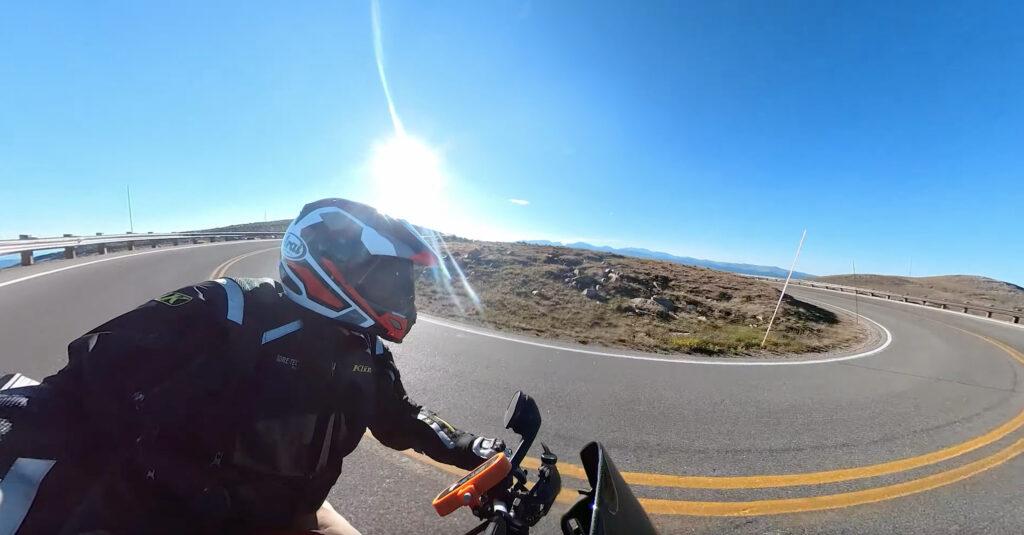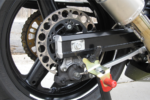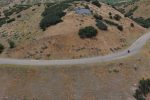What It Really Takes to Become a Complete Rider

You’re putting in the time. You’re practicing. Watching videos. Maybe even logging some track days. But your riding just isn’t getting better. Maybe your friends are pulling away on group rides, or you’re feeling stuck in your progress.
Most riders hit this wall because they’re missing one of three critical fundamentals. If even one of them is out of balance, your growth stalls. But here’s the good news: fix these, and your riding improves faster than you ever thought possible.
I’ve been coaching riders for over 25 years, from beginners to racers, and I can tell you—every confident, capable rider I’ve worked with has these three pillars locked in:
Technical Craft
This is everything you tell the bike to do: braking, throttle, steering, shifting. It’s the stuff you see in most videos: how to trail brake, how to blip a downshift, how to navigate downhill corners. Mastering technique is how we build control and reduce risk.

Even if you don’t have time to ride today, you can still work on your technique. Sit on your bike in the garage and practice smooth throttle-to-brake transitions. Push your bike and practice progressive braking. Pull up Google Earth and study a corner you struggle with. The point is: focused practice, even off the bike, pays off.
Physical Fitness
This one gets ignored by way too many riders. But the truth is, physical fitness extends how long you have access to your technique. When your body is strong and your cardio is solid, your eyes stay sharp and your reactions stay quick.
You don’t have to be a gym rat. A good rule of thumb? Be able to cycle for twice as long as you plan to ride hard. Want to survive a 20-minute track session? Aim for a 40-minute bike ride at a Zone 2 intensity. That means a pace where you can talk but not sing—mellow, controlled, and repeatable.
Strength and flexibility matter too. Being able to move your body on the bike without fighting fatigue lets you ride smoother and safer. Core strength, shoulder mobility, ankle flexion—these things add up.
Mental Fitness
In a world full of distractions, riding demands focus. If you’re thinking about work, news, or your phone notifications while carving through technical roads, you’re sabotaging your ride.
Mental fitness is about compartmentalization. When I ride, I don’t even mount my phone on the handlebars. I use a Cardo unit for turn-by-turn directions so I can keep my eyes up and my mind clear. Focus is a performance enhancer. Distraction is a liability.
And let’s not forget emotional control. Overreacting to a close pass or a lane-change cuts your ability to make calm decisions. Mental training improves vision scanning, pattern recognition, and response time. Try games or drills to improve your visual tracking—even tossing and catching or using vision-training apps can help.
Final Thoughts
Motorcycling is one of the few athletic activities where you don’t need to be an elite athlete to excel. But if you want to become a complete rider






